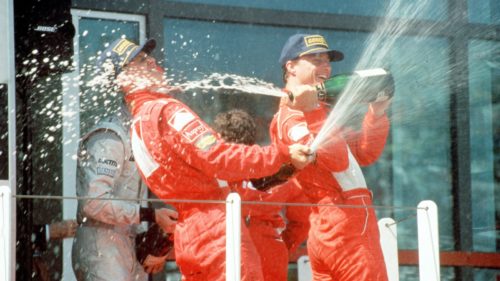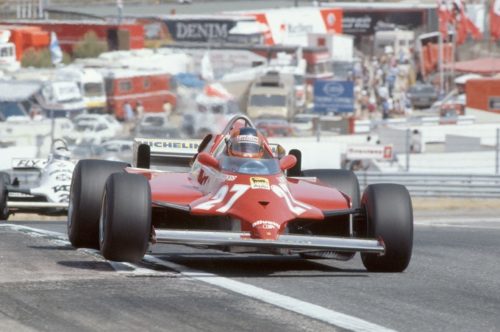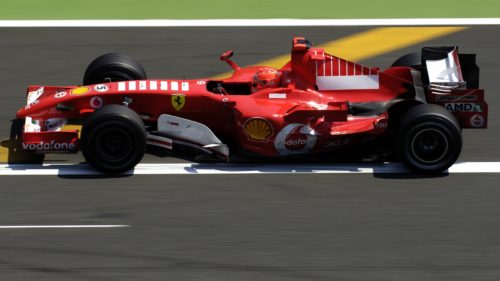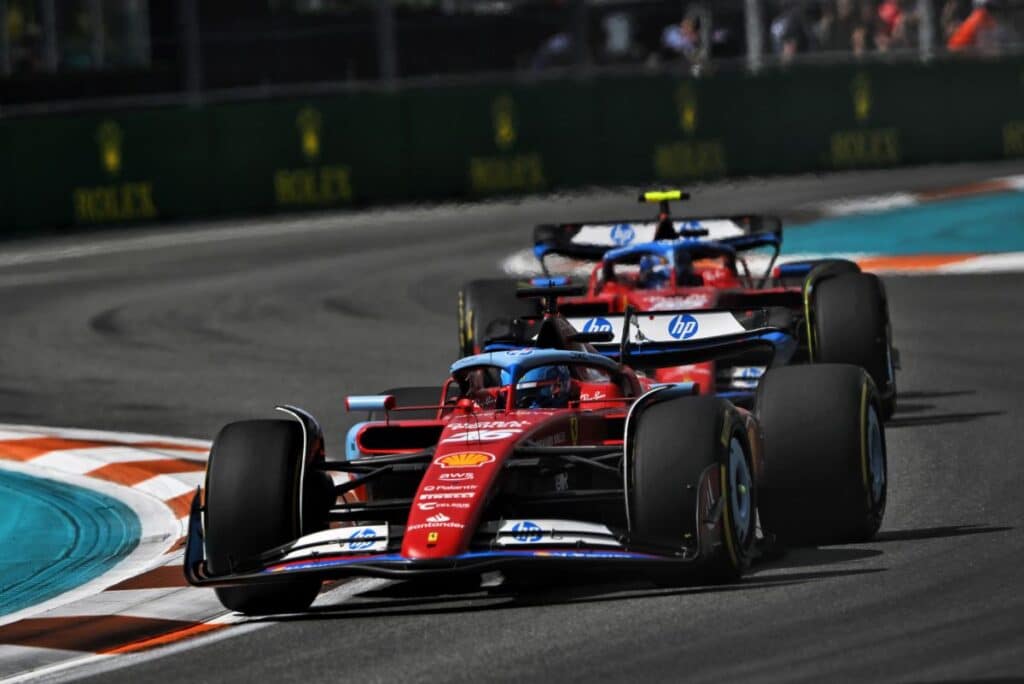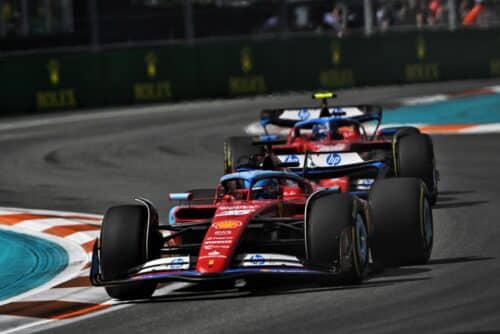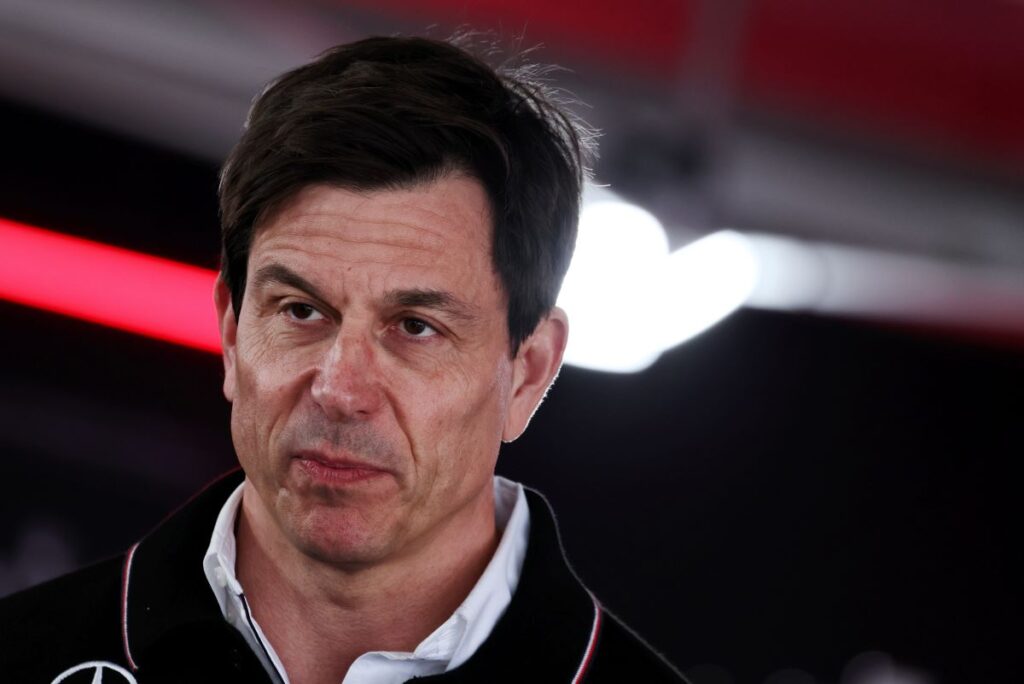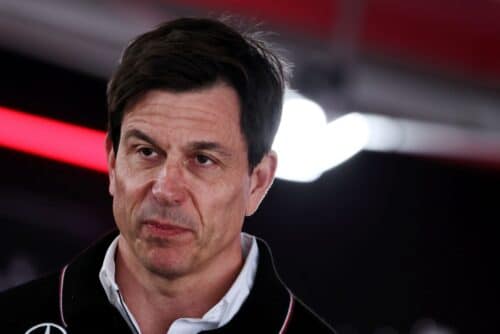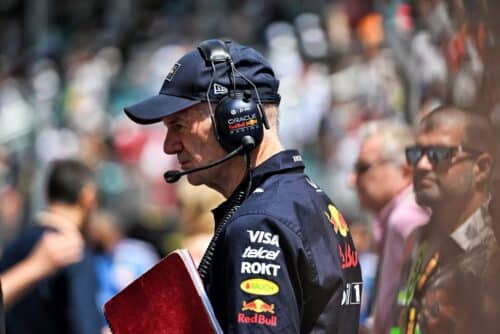The 100 most remembered Grands Prix of all time: Monza '67
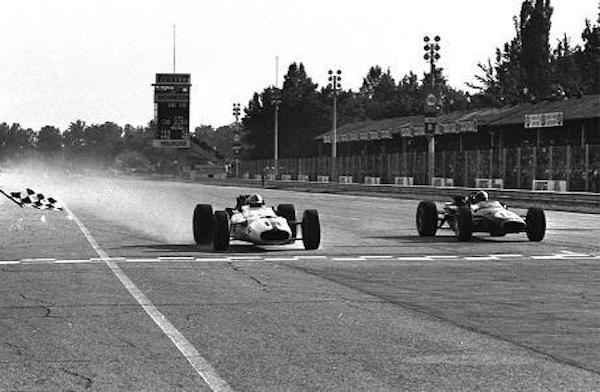
Among the many races held in Monza, the one we are going to talk about was certainly one of the most beautiful and exciting ever, so much so that previously some of our readers reminded us of the fact that we hadn't talked about it yet. For those who were too young for the time or didn't have the slightest knowledge, we will tell you what happened that weekend.
We find ourselves in the decade in which English single-seaters are making a slew of podiums: Brabham, BRM, Cooper, Lotus and McLaren are the main teams, with Ferrari the only force capable of bringing home two drivers' titles in 1961 with Phil Hill and three years later with John Surtees. 1967 turned out to be an entirely 'British' year and after eight Grands Prix the classification saw Denny Hulme (Brabham-Repco) in the lead with 43 points, followed by his teammate and founder of the team Jack Brabham on 34, Chris Amon on 20 (Ferrari ), Jim Clark at 19 (Lotus) and Pedro Rodrìguez at 14 (Cooper).
We arrive at the ninth round of the Championship, Monza to be precise, when it is the beginning of September, just like today. The circuit is an excellent test bench for testing new parts or even completely updated single-seaters, as you need to be very fast but also demonstrate resistance, in this case mechanical components. The first surprise on Friday is given by Enzo Ferrari, who announces only Amon as the driver for his home GP, as he is convinced that in our country there are no drivers capable of driving a Formula One after the death of Lorenzo Bandini . For the only single-seater (code number 0007) a new 3.0-litre V12 engine was fitted, where the novelty was in the cylinders with four valves combined with the new gearbox, previously tested on the Nürburgring track. The Cooper also brings an update to its 12-valve V36 engine, while aerodynamically a sharper and lower front is fitted. Brabham focuses heavily on the new chassis which also covers the rear part of the car, which was unusual for the time, in order to make the most of the air flows, while keeping the Repco engine, famous for its solidity, unchanged. No news from Lotus other than the deployment of a third car driven by Baghetti, power guaranteed by the 400 horsepower of the eight-cylinder Ford-Cosworth. BRM brings a lightened version of the single-seater for Stewart while the gigantic V16 engine remains unchanged. Honda instead manages to prepare a new car in just six weeks (called RA300), assembling it at the private workshops in Surtees, although the few kilometers driven near Goodwood did not allow us to understand its real potential.
The free practices, but with times valid as qualification, take place in two sessions, one on Friday afternoon and one on Saturday morning, both lasting three hours. At the beginning all the drivers took to the track cautiously to test their respective updates, so much so that the best time of the previous year, held by a Ferrari (1'31"300), was not even approached in the slightest. The first to significantly lower the time was Chris Amon with the Ferrari 312, who set a 1'29''400 which was shortly beaten by Clark and his Lotus, 9 tenths faster after finding the right compromise between the gear ratios for the Brianza circuit. What we notice however is that the English driver did not push to the maximum of his abilities, perhaps not to show the true potential of his Lotus 49 or perhaps not to take unnecessary risks, the fact is that there are rumors in the pits that he could improve further a second.
On Saturday the tests begin at 15.30pm and the drivers have just enough time to complete a few laps before a shower of rain begins to wet part of the circuit, causing them to stop in the pits. What appears to be a passing storm instead turns out to be permanently settling on the track, so much so that the session is extended until 19pm but there is nothing that can be done and taking to the track with the asphalt being so slippery is a great risk for everyone. Pole is thus assigned to Clark thanks to the time set previously - at an average speed of 235 km/h - followed just three tenths by Brabham, who was also able to exploit the slipstreams offered by his rivals in his fast lap. Third time for Bruce McLaren (1'29''310) joined by Chris Amon (1'29''350), then Dan Gurney (Eagle-Weslake), Denny Hulme (Brabham-Repco), Jackie Stewart (BRM), Graham Hill (Lotus- Cosworth), John Surtees (Honda) and Ludovico Scarfiotti (Eagle-Westlake) with a time of 1'30''800 closing the top ten.
Luckily on Sunday the bad weather cleared up and the sun shines above the racetrack. The cars line up on the grid to await the starting signal from the judge, the atmosphere is really charged and it seems that everyone wants to win, raising the revs of their engine to the maximum, almost as if to scare their opponents just like a animal ready to attack. Evidently even in the race direction they are quite excited, a little too much to be honest, so much so that the start is mistakenly given about 30 seconds early. Poor Clark doesn't understand what's happening while Brabham takes off like a rocket behind him, so much so that his tires skid for several meters following a terrible clutch release. The rest of the group then understands that the race has begun and launches in pursuit of him, so much so that Clark, still half stopped, is bumped into by Amon. Now the starting commissioner has no choice but to wave the flag dejectedly, officially marking the start of the 38th Italian Grand Prix.
All projects Lesmahagow Brabham is in the lead but stays there for a short time, as at the end of the first lap Gurney takes the lead of the group, both closely followed by Graham Hill and Jim Clark. The first lap leaves everyone stunned, as the average speed at which they traveled was 240 km/h, it is clear that none of the contenders for victory will give up a single centimeter of space to their opponent. In any case, it was the poleman from the previous day who showed that he hadn't actually given his all yet: with his 49 he passed Hill and Brabham, following Gurney's Eagle and managing to overtake him already on the third lap entering the Parabolica ; to prevent his opponent from following in his wake, he then moves to the outside, making any counter-overtaking in vain. On lap 5 Clark travels with a second of advantage after Gurney's Weslake engine shows signs of failure and noticeably leaks oil. In pursuit of him there are now Hill, Hulme, Brabham, Stewart, McLaren, Amon and Surtees.
On lap 12, bad luck befell Clark, who punctured the right rear tire and was forced to let everyone pass, returning the following lap when it was now completely deflated. The stop is quite quick but the delay accumulated is considerable, we are talking about more than a lap on the trio of Hulme, Brabham and Hill who in the meantime battle it out, constantly exchanging positions without being able to prevail over each other. A comeback for the Englishman seems impossible. Apparently.
While the lap times of those in front are around a minute and a half, Clark is constantly lapping faster so much so that on the 21st lap he is eleventh from last and is catching up with the leading group to split himself, which he manages in a couple of laps with an almost embarrassing ease, so much so as to send Brabham into temporary crisis, unable to sustain such a pace. When it passes under the finish line on the twenty-sixth lap, Clark's Lotus 49 sets a new record lap, which is the same as the one with which he won the pole start. On lap 33 he is again officially fighting for the victory when he manages to catch up with his teammate Baghetti, obtaining seventh place. Meanwhile Hulme retires due to mechanical overheating. The comeback continues and does not go unnoticed in the eyes of the public present, who continue to encourage the Englishman in his feat. Slowly he also reaches Hill and with Baghetti they form an all-Lotus train that tries to catch up on the leading group, now made up of Surtees' Honda, Brabham and Amon's Ferrari which he has not yet replenished.
On lap 51 Baghetti's Cosworth suddenly gives way and this worries the Lotus mechanics, who therefore cannot say whether the twin engines of Hill and Clark will hold up to the end. Amon stops in the pits again to check his car, as he feels unusual vibrations, losing a lot of time which will cause him to end up at the back of the group. On lap 58 Hill also abandons the race, again due to the V8 engine, while Clark continues his comeback, now close, undaunted on Brabham.
What he is doing is sensational and seeing him go counter-steering Parabolic with every lap he inflames the crowd. Now the Brabham – Surtees duo is really close. First he puts the Honda in, then the Great Curve (current Biassono Curve) the Australian: he's finally first!
In any case, neither of the two pursuers, after so much effort, certainly wants to let him escape and the gaps don't widen much: with three laps to go - 65th pass - the scoreboard reads 3"2 gap between first and third. Two more laps, the gap remains almost unchanged, Clark has to hold on. Last lap, gap: one second and eight tenths. The Lotus has problems, is the engine at its limit?
No, it seems that the petrol has run out, much to Clark's surprise, and all that remains for him is to try to complete the race by letting the car go, slowing down as little as possible. The lead of the race is taken for the first time by Surtees' Honda which still has half a lap to complete and the arduous task of keeping Brabham behind it. He knows well where he will attempt a final attack, that is at the Parabolica, with a braking towards the inside and then cutting him off. However Surtees remembers that the interior is dirty with oil left at the start of the race by Gurney's Eagle and decides to maintain the line.
The two cross the parallel straight at the finish line with Brabham tailing the Honda, the crucial moment comes: the Australian does not meet the Englishman's expectations and throws himself on the inside, managing not to slip on the oil. Forceful braking for both, who for a moment find themselves with the wheels side by side, but then the trajectory proves Surtees right who gains a small advantage at the exit, remaining further inside. Brabham gets in the slipstream again, it's really close. The finish line is getting closer and closer and Surtees squeezes the V12 of his RA300 to the max, turning sideways he sees his opponent and in his heart he hopes he hasn't passed right at the end.
His prayers were answered and he led the Japanese company to their second world championship victory, finishing with just two tenths of an advantage over Jack Brabham: he was also celebrated with thunderous applause from the home crowd as he was the last to bring a world championship to Maranello . And after another twenty-three seconds the hero of the day arrives, Jim Clark, who is acclaimed by the crowd - now on the track - like Surtees and Brabham, if not more. A few hours later the Lotus mechanics, examining the only single-seater that reached the finish line, discovered that there was enough petrol, however it was the draft mechanism that had jammed, preventing the Englishman from finishing in first position. For many, even today, this was his best race ever.
Andrea Villa
Image source: tumblr
if you want to always be updated on our news
Follow us here
![F1 | From Berger and Barrichello to Bottas: the team orders that made the history of the Circus [VIDEO]](https://f1grandprix.motorionline.com/wp-content/uploads/2018/10/f1-gp-giappone-ordini-scuderia.jpg)
![F1 | From Berger and Barrichello to Bottas: the team orders that made the history of the Circus [VIDEO]](https://f1grandprix.motorionline.com/wp-content/uploads/2018/10/f1-gp-giappone-ordini-scuderia-500x274.jpg)

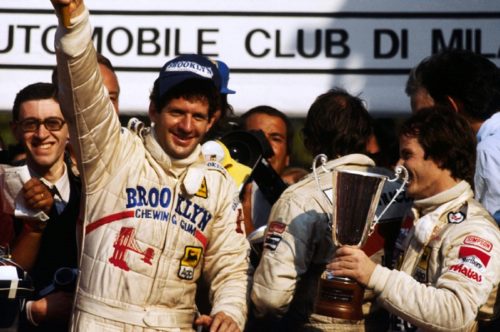
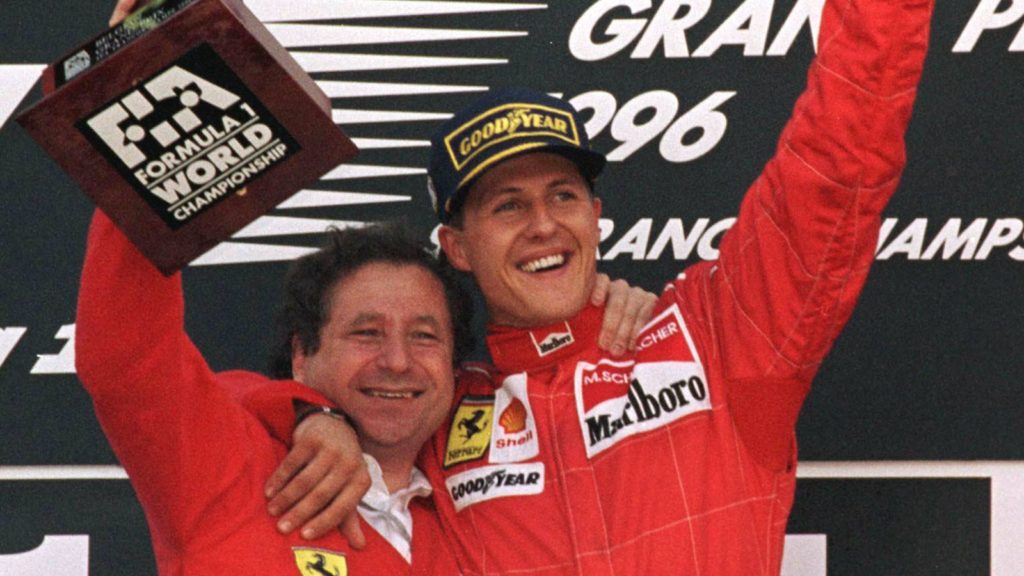

![F1 | German GP, Lewis Hamilton remembers Nigel Mansell's move in Dallas in 1984 [VIDEO]](https://f1grandprix.motorionline.com/wp-content/uploads/2018/07/f1-mansell-hamilton-gp-germania-qualifiche.jpg)
![F1 | German GP, Lewis Hamilton remembers Nigel Mansell's move in Dallas in 1984 [VIDEO]](https://f1grandprix.motorionline.com/wp-content/uploads/2018/07/f1-mansell-hamilton-gp-germania-qualifiche-500x274.jpg)

